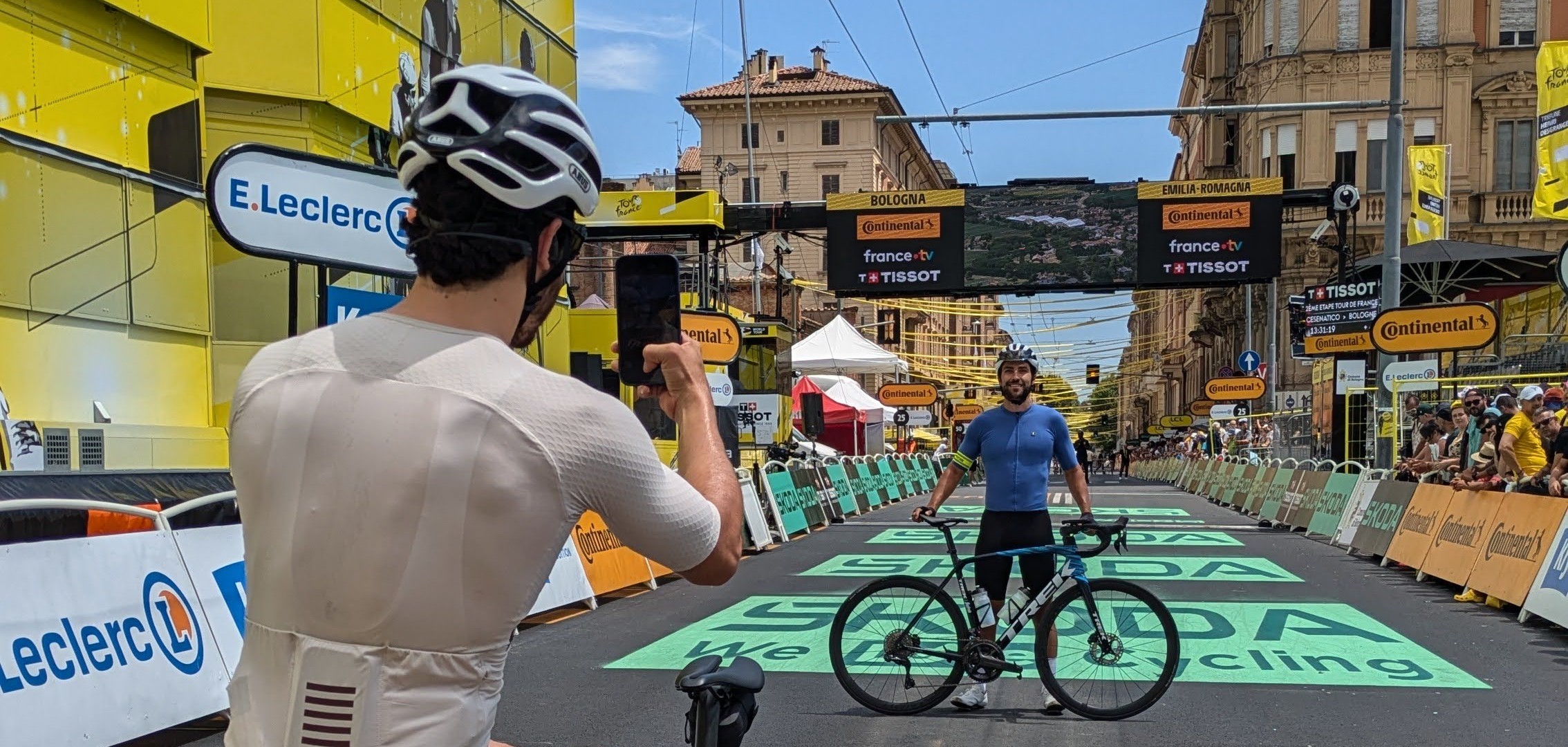How Is The Rest Of The Route Shaping Up?
After crossing into France via the Eastern Pyrenees, the race takes a classic but intense trajectory: through the rolling southwest, across the Massif Central, and deep into the Jura and Vosges. The mid-race stages include opportunities for sprinters and breakaway specialists, with plenty of transition terrain.
Mid-Race Highlights (Indicative)
| Stage |
Route |
Distance |
Elevation Gain |
Type |
| 4 |
Carcassonne → Foix |
182 km |
~3,000 m |
Hilly |
| 5 |
Lannemezan → Pau |
158 km |
~1,200 m |
Flat/Sprint |
| 9 |
Malemort → Ussel |
185 km |
~3,300 m |
Rolling |
| 13 |
Dole → Belfort |
205 km |
~2,200 m |
Breakaway Day |
The route is designed to give each type of rider a chance: sprinters, rouleurs, climbers, and tacticians. The balance between flat and mountainous stages helps keep the
general classification wide open until the very end.
What Makes The Alpine Finale So Special?
Once the race reaches the Alps, the tension builds dramatically. The final mountain block includes two high-altitude summit finishes at the
Alpe d’Huez, a mythical climb in Tour history. The Tour de France 2026 schedule places these decisive stages just before the finale, guaranteeing fireworks in the general classification battle.
Alpine Climax: Final Three Stages
| Stage |
Route |
Distance |
Climbing |
Highlights |
| 19 |
Gap → Alpe d’Huez |
≈128 km |
≈3,500 m |
Alpe d’Huez summit finish |
| 20 |
Bourg-d’Oisans → Alpe d’Huez (via Sarenne) |
≈171 km |
≈5,600 m |
Col du Galibier, Croix de Fer, Sarenne |
| 21 |
Thoiry → Paris (Champs-Élysées) |
≈130 km |
Urban circuit |
Finale via Montmartre |
Stage 20 in particular, with over 5,500 meters of climbing, is likely to be the queen stage. Riders face iconic ascents like the Col du Télégraphe and the Galibier before a brutal finish at high altitude. The final day in Paris offers a symbolic twist with a passage through Montmartre before the Champs-Élysées finish line.
What Does This Route Mean For The Riders?
The 2026 Tour is tactically complex. Riders must manage early time losses in team time trials, survive transition stages, and peak physically for the Alpine double finish. It suits
versatile GC contenders who climb well and can handle short, explosive efforts and steep descents.
The stage design encourages aggressive racing with short, punchy days and limited “rest” stages. For fans and commentators, the uncertainty in the classification will likely last until Stage 20. For riders, the profile means fewer chances to hide and more moments to make a difference.
Final Thoughts: Is This The Boldest Tour In Years?
From the vibrant streets of Barcelona to the legendary hairpins of Alpe d’Huez and the final push past Montmartre, the Tour de France 2026 route redefines ambition. Its structure combines tradition and spectacle, with a well-balanced stage layout and unpredictable challenges.
At Discover France, we see this edition as a perfect opportunity not just for riders, but also for fans and cycling travelers. Whether you plan to attend a mountain stage, explore the regions by bike, or simply follow from home, this Tour is one to watch—and remember.




 France Bike Tours
France Bike Tours
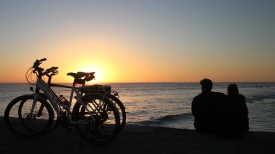 Europe Bike Tours
Europe Bike Tours
 Europe Luxury Bike Tours
Europe Luxury Bike Tours
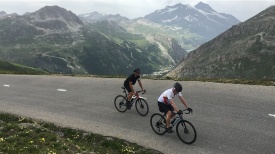 Epic Cycling
Epic Cycling
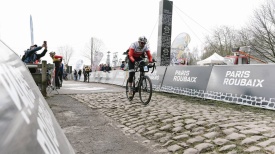 Cycling Challenges
Cycling Challenges
 Italy
Italy
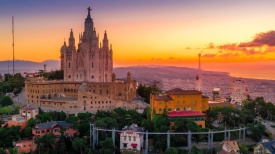 Spain
Spain
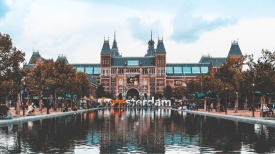 Holland
Holland
 United Kingdom
United Kingdom
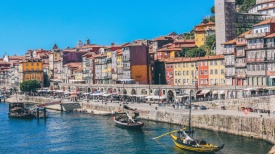 Portugal
Portugal
 Ireland
Ireland
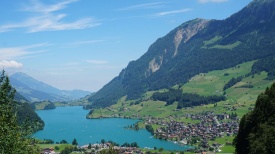 Switzerland
Switzerland
 Croatia
Croatia
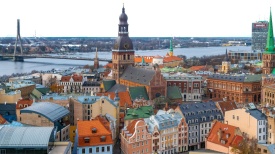 Baltic States
Baltic States
